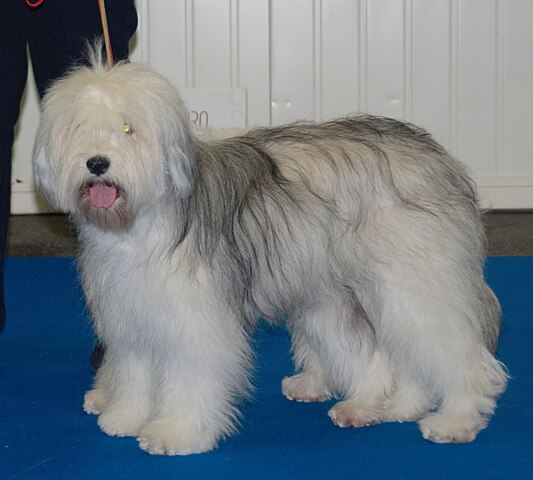The Papillon is a tiny toy spaniel-type dog, the breed having appeared in art since the 1300’s. These little dogs make great pets – their diminutive size means they are easy to manage and transport, and their silky single coats shed very little. This coat (which is also low-odor) is also a breeze to take care of. They are able to live in apartments if need be, but also are quite capable of living on larger properties as well – and many are quite skilled mousers! They don’t require a lot of exercise but can adapt to the lifestyles of outdoors-y owners – many love to explore and accompany their people on adventures. This isn’t a couch ornament. This is an active dog who is ready and willing to do it all!
The Papillon generally has a great desire to please. This trait, combined with their intelligence, makes them adept students for obedience training! In fact, while not all toy breeds are thrilled about training, the Pap actually flourishes when given work to do! They are one of the winning-est breeds in obedience and dog sports. Bored and under-stimulated Paps, on the other hand, can become super stubborn and bossy. In order to avoid “small dog syndrome” (a condition in which the owner spoils the dog to the point of it becoming bossy), training is definitely recommended. It is worth noting that many Paps are prone to excessive barking as well as to slowness to housebreak. A good obedience schedule will help get the dog on track but be aware that these behavioral traits are common, and extra work may be necessary.
Paps are confident and happy dogs who love to meet new people. Affectionate both with strangers and friends alike, they tend to be big kissers. They also get along well with children as well as other pets, including cats. When other dogs are around, some Paps tend toward bossiness or possessiveness of their toys, food or owners. It is up to the owner to make sure they don’t start a fight or get in over their heads with a larger dog. Like many toy breeds, they don’t always recognize their size! As well as being supervised around other dogs, an owner should also make sure that they are supervised with kids to make sure they aren’t in any risk of being dropped accidentally. Their size does make them more susceptable to injury, which makes them a better match for families whose children are already grown. 
Because of their tiny size, Paps are able to squeeze between (or under) fencing much more easily than larger breeds. New owners should always take note of the security of their yard and fencing before allowing their dog to explore. These tiny dogs are also able to hurt themselves while leaping from furniture or racing too heartily down the stairs. And then of course, they can get accidentally stepped on or hurt from falling objects. Having a tiny breed means that an owner must be vigilant at all times!
Papillons are often very healthy dogs that live long lifespans and stay active even until their later years. One of the reasons for the healthy gene pool is that most Paps have not been subjected to the types of bad breeding practices of other, more popular breeds. This is unquestionably a good thing, however also presents a double-edged sword… it may be harder to find a Papillon as a pet and a potential owner may need to be patient! Resist the urge to buy a Pap from a pet shop (unfortunately pet shop/puppy mill Paps do exist) as all bets are off when it comes to poorly bred animals. The Papillon is not a rare breed, but neither is it seen on every street corner. Buying from a responsible breeder will ensure that the dog will have the correct temperament and great health the breed is known for.
Having been bred as a companion dog, it should be no surprise that the Pap doesn’t cope well when left alone for long periods of time. Separation anxiety is common. These dogs love their people so much, in fact, that they tend to follow their owners around from room to room. When you aren’t moving, you can usually find your Pap sitting in your lap! Although they usually love strangers (provided they have been given proper socialization), most will still bark to alert when someone has come to the door. Once the person has been welcomed into the house, the Papillon is usually excited to meet this new friend.



